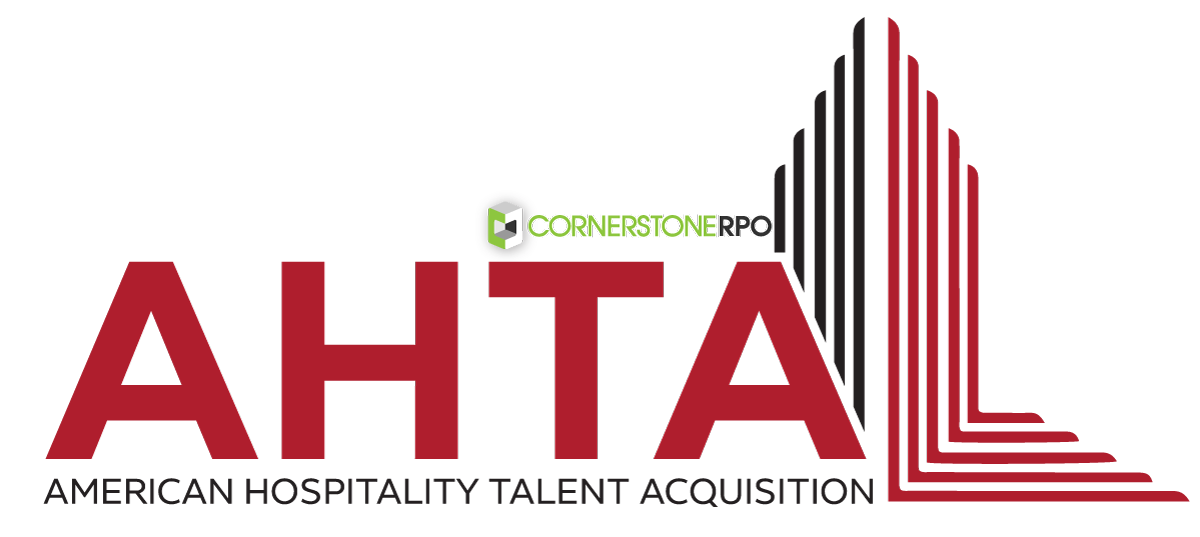n the last decade, dozens of noted authors have written about the future of work, recommending new research-driven approaches or viewpoints on how employers should engage with current and prospective workers. Titles such as Free Agent Nation, The Healthy Workplace and Lead the Work are just a few books that offer various calls to action about employee recruiting and retention.
With so much information covering this topic, it’s difficult to get one’s bearings on what HR and talent acquisition professionals should actually do. One important source to consider is what the C‑suite thinks. In a poll of more than 800 CEOs, the biggest business challenge they expected to face in 2019 was attracting and retaining top talent. We’re in a time of record-low unemployment and ample job opportunities, and workers are leaving their jobs at the highest rate since 2001.
It’s not just a U.S. issue, either. A study by the World Economic Forum of nearly 200 growth companies around the world found that more than 55% of them have experienced talent challenges ahead of other factors such as regulation and technology. The study clearly emphasizes that talent is a global challenge.
HR and talent acquisition professionals who have been in the trenches trying to recruit and retain good employees have known for some time that having the right talent is critical to the success of a business. And it appears that the C-suite is beginning to agree. What’s next then?
You need a strategic approach to manage your talent supply chain for today’s ultra-fast, competitive job market that engages with job seekers in real time, fosters communities of prospective employees, defines sourcing strategies and outlines when to buy, build or borrow talent.
For example, if you need to bring in or borrow talent, should you use temporary labor, an online platform or an outsourced relationship? Understanding how the landscape of talent acquisition is changing will enable you to more effectively drive the business outcomes you want. Here are a few solutions to make sure you’re well-positioned to deal with the future of talent acquisition.
Select And Organize Work Environments With Employees In Mind
People want a workplace that supports their lifestyle. That might mean offering flexible schedules or working remotely. Or, it may mean providing amenities like a stocked fridge, fitness benefits and access to shopping. The challenge for employers becomes accommodating these types of worker expectations with company culture and day-to-day operations if, for example, they are not in a well-located office building or the nature of their work requires frequent collaboration.
Despite leaps in online conferencing technologies, some jobs need to be done in person. Employers must audit those aspects of their culture that are critical to their brand and work habits. If certain things such as telecommuting, flex time or other such benefits are not a fit, then clear expectations should be provided during the recruiting process and stated in an employee handbook. Be careful, though, with how many of these expectations are put in place to avoid losing top candidates who may need accommodations.
Prepare For Changes From Emerging Technology
Augmented and artificial intelligence (AI), the increase of staffing-related digital work platforms, and innovations in employee and machine learning are leading disruption technologies that will affect how people connect with work. For example, some AI technologies such as robotic process automation have already created, changed or eliminated jobs.
How will your organization respond to these fast-approaching changes in technology that will require you to hire employees with entirely new skills? Also, with emerging technology, soft skills will be as important as hard ones, especially in the areas of creativity, data analysis, problem-solving and innovation. Employers will need to revisit their hiring practices to find candidates who excel in these areas and create training programs for current employees who will use these new technologies.
Put The ‘Human’ Back In Human Resources
Things we used to take for granted (i.e., social norms) are changing very quickly in today’s hyper-accelerated job market, and preconceived notions about retirement, use of technology and work preferences are going by the wayside. Baby boomers, like millennials, enjoy remote work and use it to remain professionally active instead of retiring at age 65. Job seekers want to work for companies whose purpose aligns with their personal values. And the list goes on. The challenge is navigating these changing social norms, which vary by job market, industry and, often, the individual worker.
Employers must understand these changes and address any preconceived notions they may have about specific segments of workers. It will require a new approach that gets to know them deeply to understand their attitudes, behaviors and motivations as well as what barriers they need to overcome. If this sounds like a soft-skills exercise, it is. It’s all about bringing the “human” back into human resources.
Being prepared for the future of the job market will affect how your organization handles the pace of change management, sources and recruits team members, and nurtures workplace collaboration. Along the way, it will be imperative to keep talent’s perspective in mind, since it will impact your engagement, culture and, by extension, profits.


